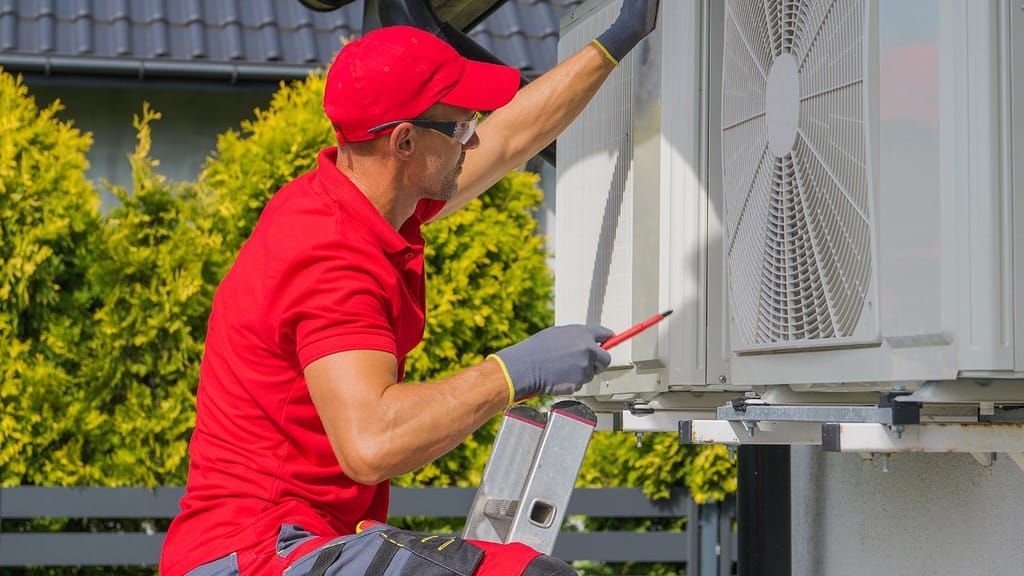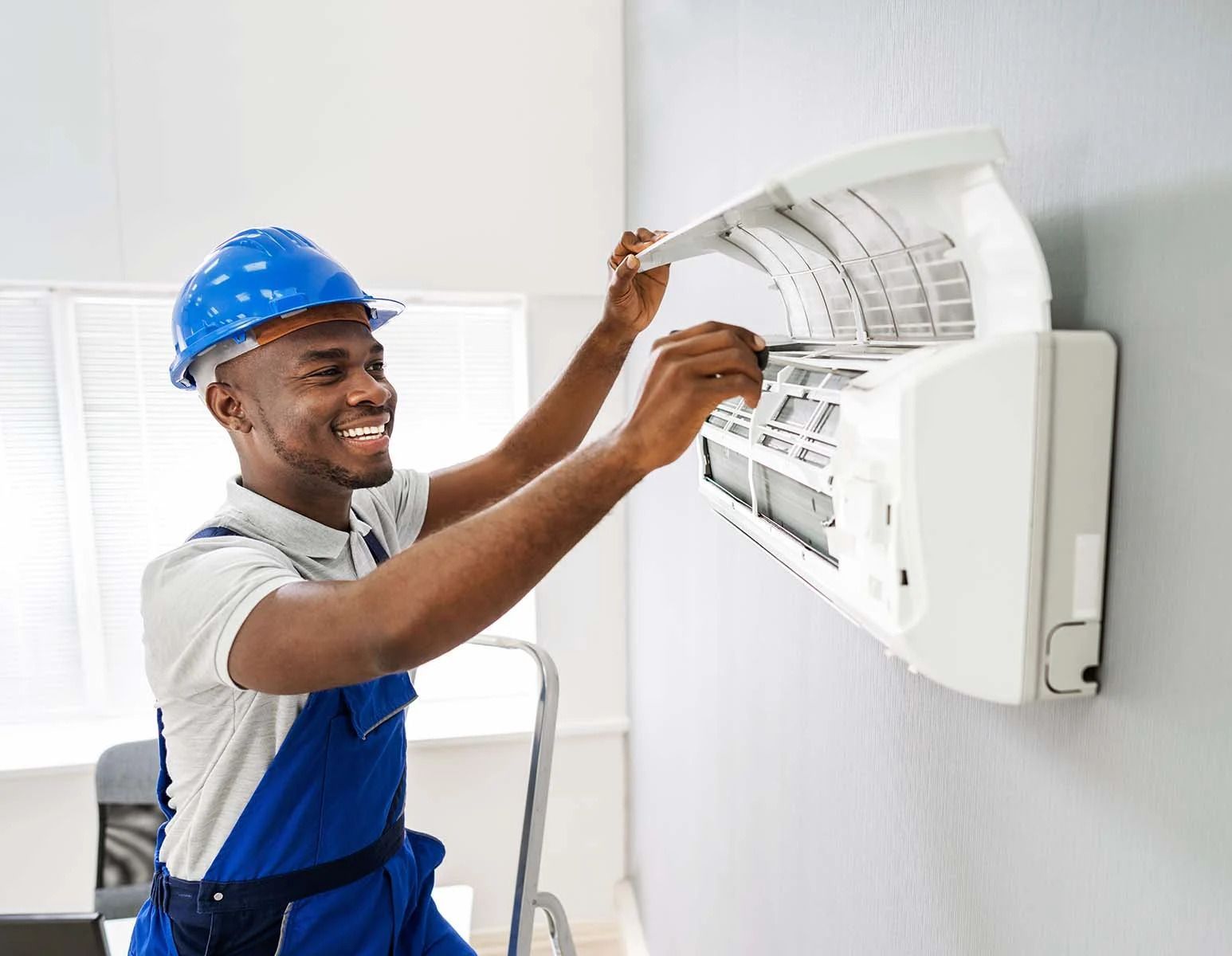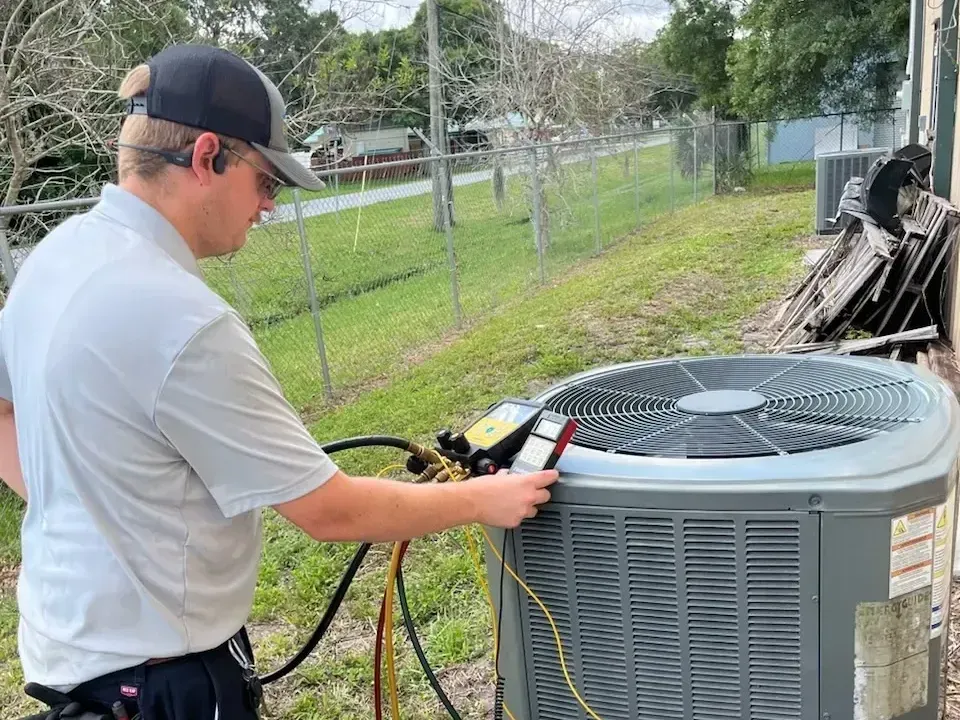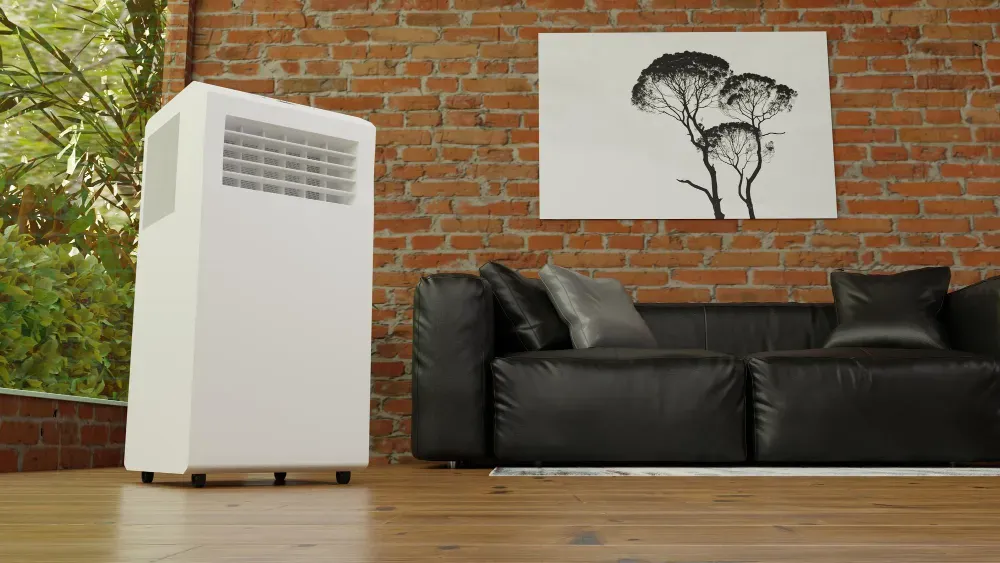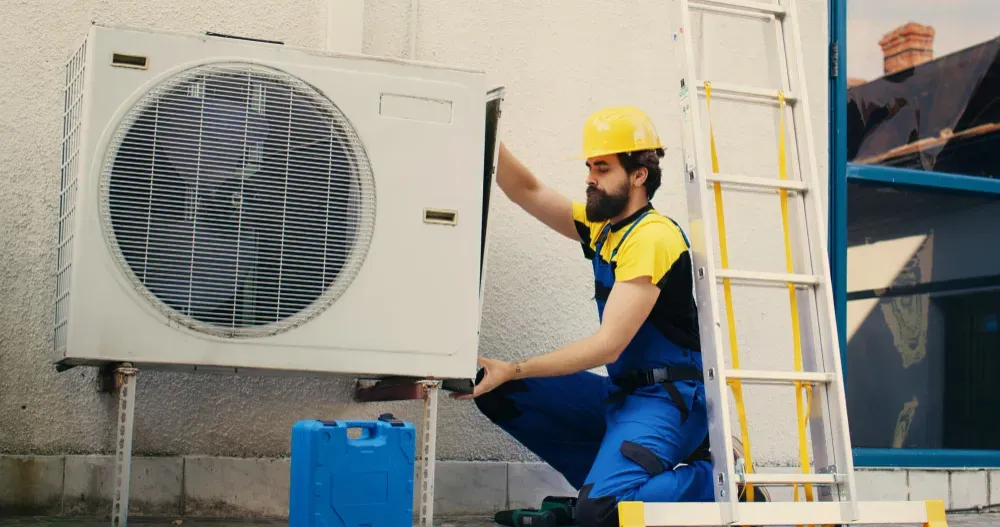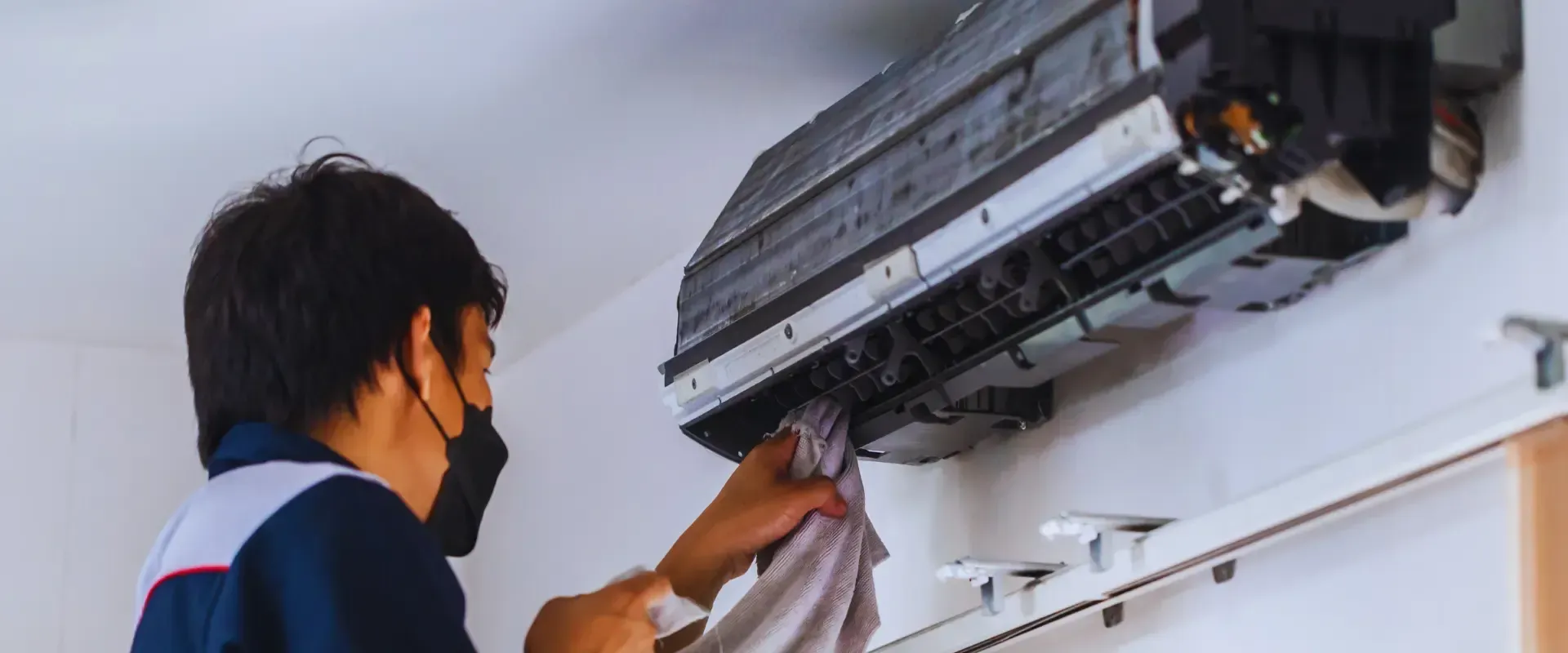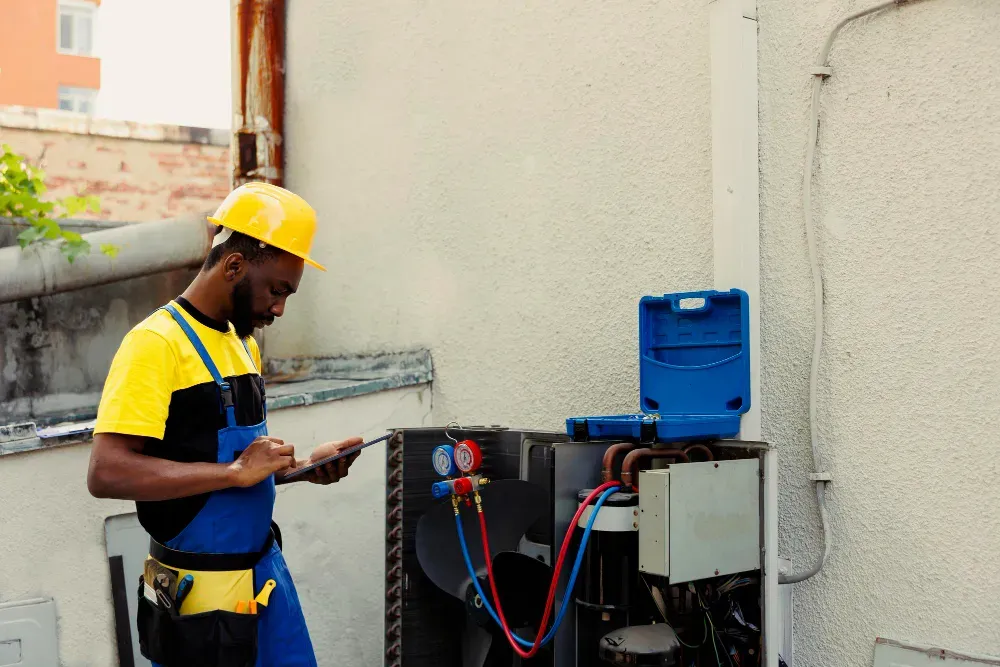Are You Bypassing HVAC Safety Features? Know the Risks!
Living in Bradenton, Florida, I've learned firsthand that air conditioning isn't just a luxury - it's a necessity. When my HVAC system started acting up last summer, I was tempted to try some quick fixes I found online, including bypassing certain safety features. Looking back, I'm grateful I consulted with etecair instead. My story might help you understand why respecting your HVAC system's safety features is so important.

My Experience with HVAC Safety in Bradenton
The Florida Heat and HVAC Challenges
The intense Florida heat puts extra strain on our HVAC systems. In Bradenton, where summer temperatures regularly climb into the 90s with high humidity, our air conditioners work overtime. This constant operation makes understanding and maintaining safety features even more important.
Learning About Safety Features the Hard Way
When my AC started shutting off unexpectedly, I initially saw it as an inconvenience. What I didn't realize was that these shutoffs were safety features protecting my system - and my home - from potential damage. After consulting with HVAC professionals, I gained a new appreciation for these built-in protections.
Understanding Your HVAC System's Safety Features
Common Safety Components
Modern HVAC systems come equipped with multiple safety features. Through my conversations with the experts at etecair, I learned about limit switches, pressure controls, and temperature sensors. Each plays a vital role in keeping your system running safely.
How Safety Features Protect Your Home
Temperature Controls
Temperature controls do more than just maintain comfort. They prevent your system from overheating and protect internal components from damage. When these controls signal a shutdown, they're often preventing more serious problems.
Pressure Switches
Pressure switches monitor refrigerant levels and air pressure. They're like the blood pressure monitors of your HVAC system, shutting things down when pressures get too high or low to prevent damage.
The Hidden Dangers of Safety Bypasses
Short-term Consequences
While bypassing safety features might seem like a quick fix, it can lead to immediate problems. From my research and discussions with professionals, I learned that overridden safety features can cause:
- Excessive energy consumption
- Irregular system performance
- Unusual noises and vibrations
Long-term System Damage
Financial Impact
Bypassing safety features often leads to expensive repairs. What might start as a simple override can escalate into major system damage, requiring costly replacements or repairs.
Safety Risks
More importantly, bypassed safety features can create dangerous situations. From electrical hazards to potential fire risks, the safety implications extend far beyond just system performance.

Professional HVAC Maintenance
Regular Safety Checks
Through my experience with ETEC's professional services, I've learned that regular maintenance is key to keeping safety features functioning properly. Professional technicians check and test these components to ensure they're working as designed.
When to Call a Professional
I've learned to recognize signs that indicate it's time to call a professional. Strange noises, frequent cycling, or unusual smells are all signals that your system needs expert attention. It's always better to contact a professional early rather than wait for a major breakdown.
Safe HVAC Operation Tips
Seasonal Maintenance Guide
Living in Bradenton has taught me the importance of seasonal HVAC maintenance. Before each cooling season, I make sure my system gets a thorough check-up. This includes cleaning or replacing filters, checking refrigerant levels, and testing all safety components.
Warning Signs to Watch For
After years of experience with my HVAC system, I've learned to recognize warning signs that shouldn't be ignored:
- Unusual noises during operation
- Inconsistent cooling
- Higher than normal energy bills
- Frequent system cycling
Tables: HVAC Safety Feature Comparison
| Safety Feature | Purpose | Warning Signs | Action Needed |
|---|---|---|---|
| Limit Switch | Prevents Overheating | Frequent Shutoffs | Professional Inspection |
| Pressure Switch | Monitors Refrigerant | Poor Cooling | Leak Check/Repair |
| Circuit Board | System Protection | Electrical Issues | Professional Repair |
Key Takeaways
My journey with HVAC safety has taught me several valuable lessons:
- Safety features exist to protect both the system and your home
- Regular maintenance prevents most major issues
- Professional expertise is worth the investment
- Quick fixes often lead to bigger problems
FAQ
Q: How often should I have my HVAC safety features checked?
A: In Bradenton's climate, I recommend professional inspections twice yearly - before summer and winter.
Q: What does it mean if my system keeps shutting off?
A: This often indicates a safety feature doing its job. Rather than bypassing it, have a professional diagnose the root cause.
Q: Are all HVAC companies qualified to check safety features?
A: Look for licensed professionals like ETEC Air who specialize in your system type.
Q: How much does safety feature maintenance cost?
A: Regular maintenance is far less expensive than repairs needed after bypassing safety features.
Conclusion
Through my experiences with HVAC systems in Bradenton's challenging climate, I've come to deeply appreciate the importance of safety features. While it might be tempting to bypass these features when problems arise, doing so puts both your system and your home at risk.
Working with qualified professionals like those at ETEC Air has shown me that proper maintenance and respect for safety features not only protects my investment but also ensures my family's comfort and safety. Remember, these features aren't just unnecessary complications - they're essential protections that keep your system running safely and efficiently.
"Safety first is safety always." - Charles M. Hayes
